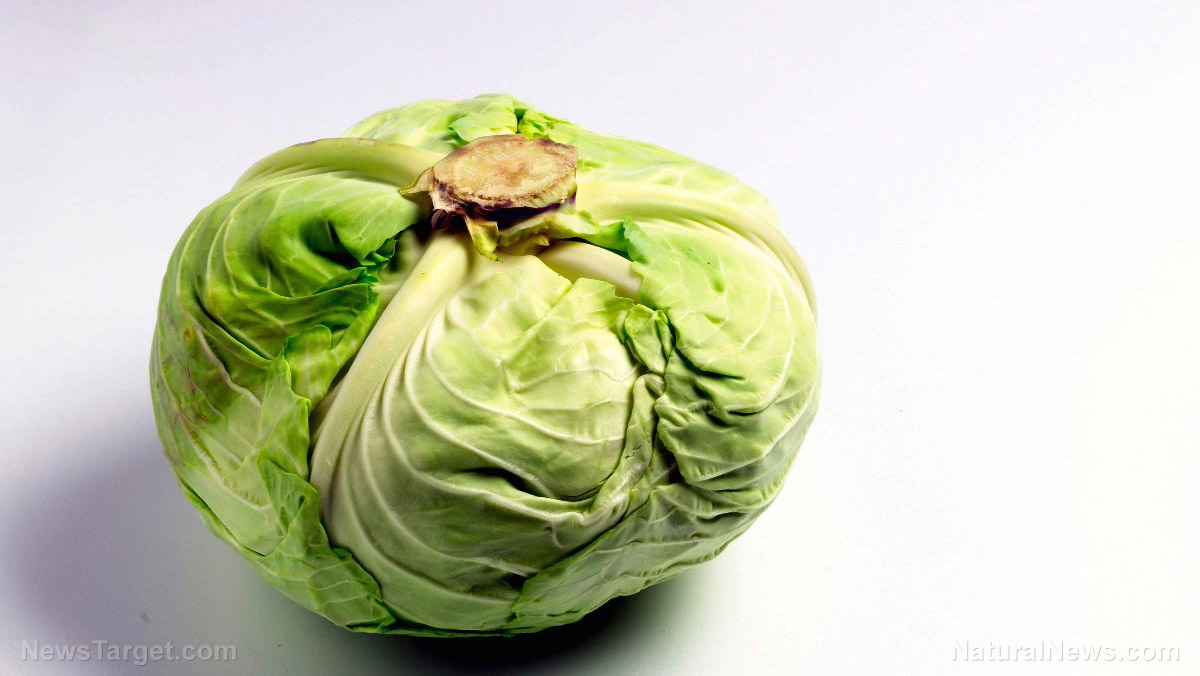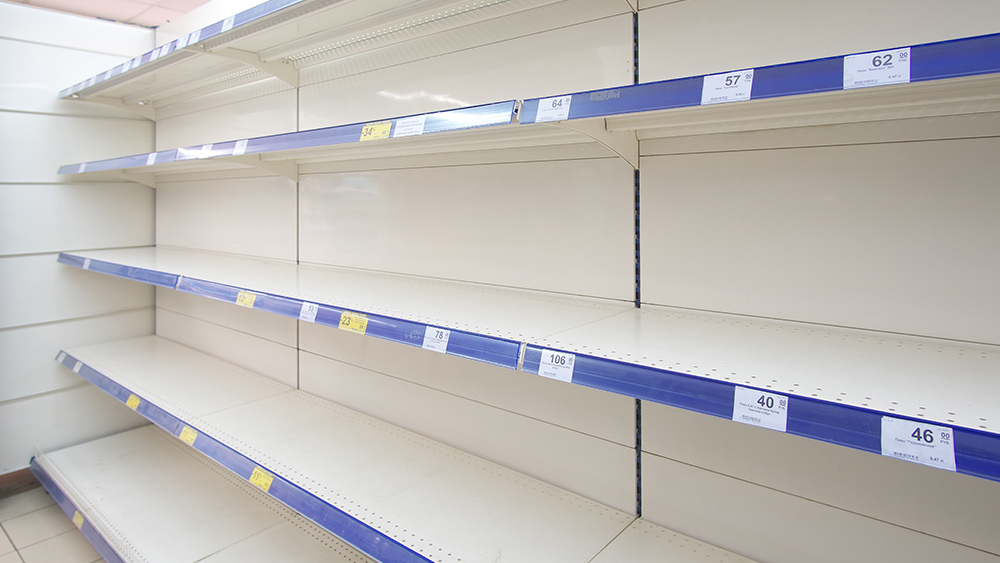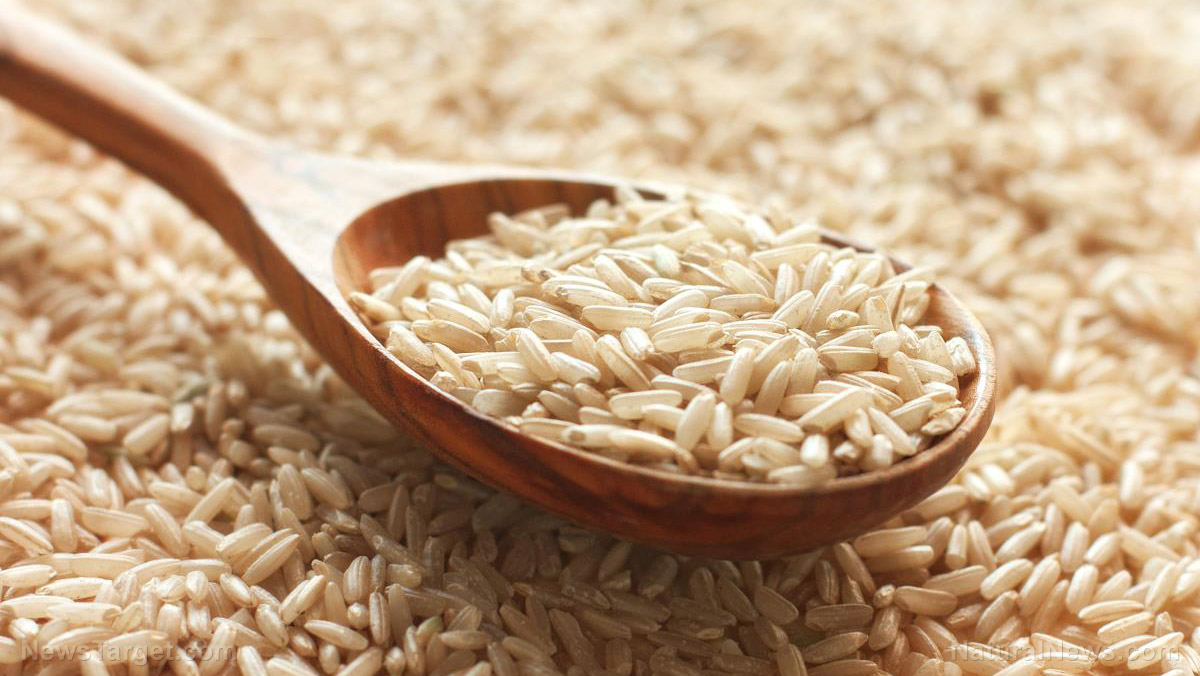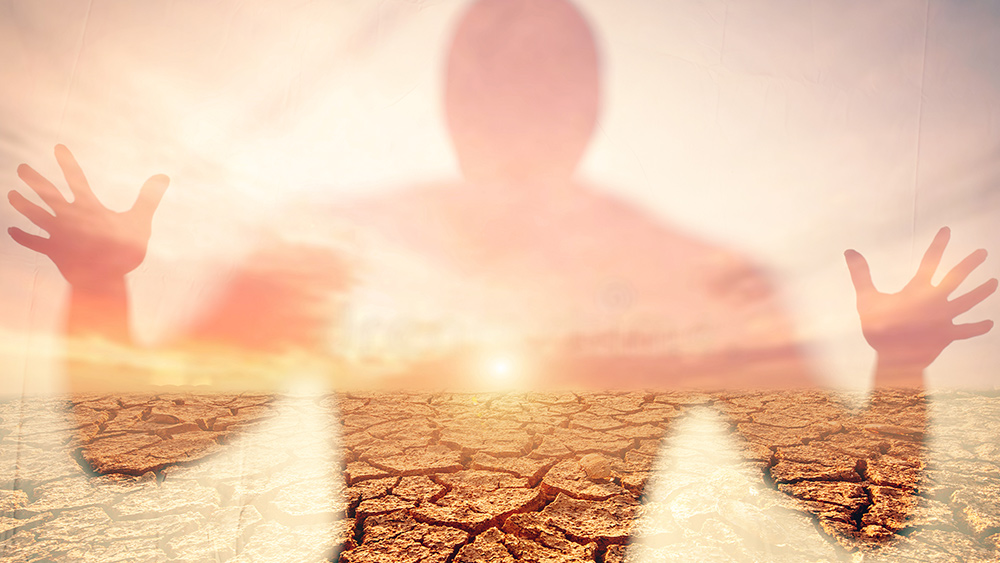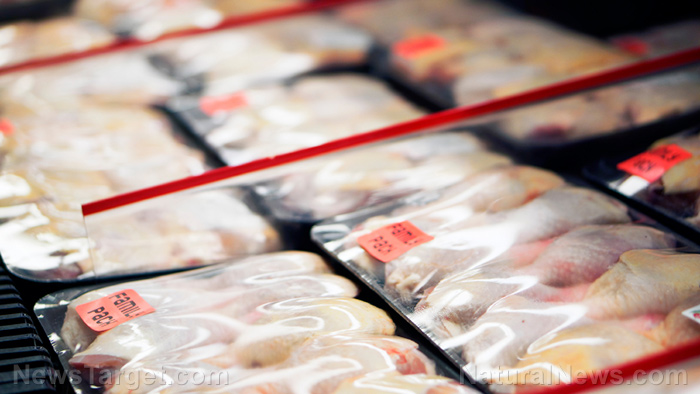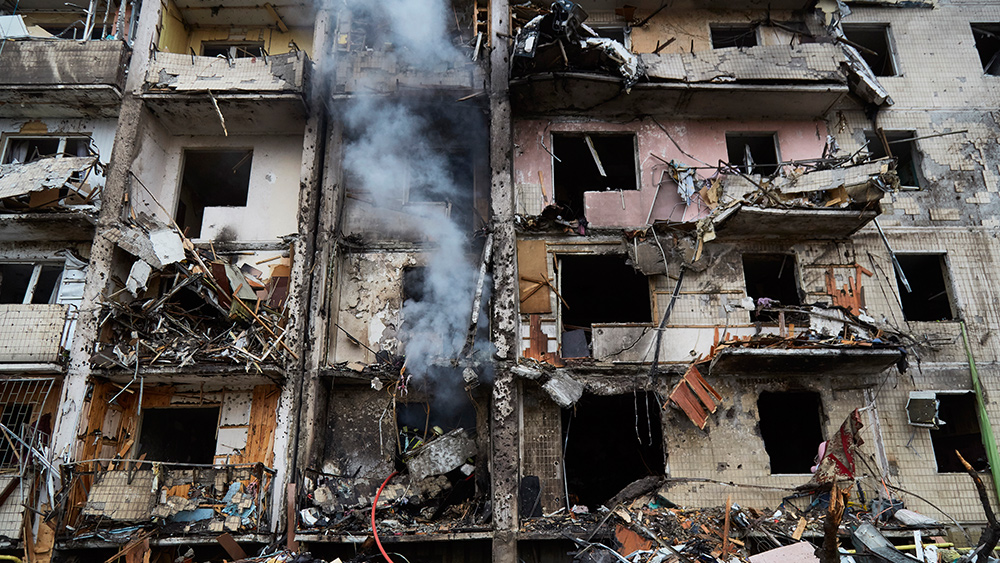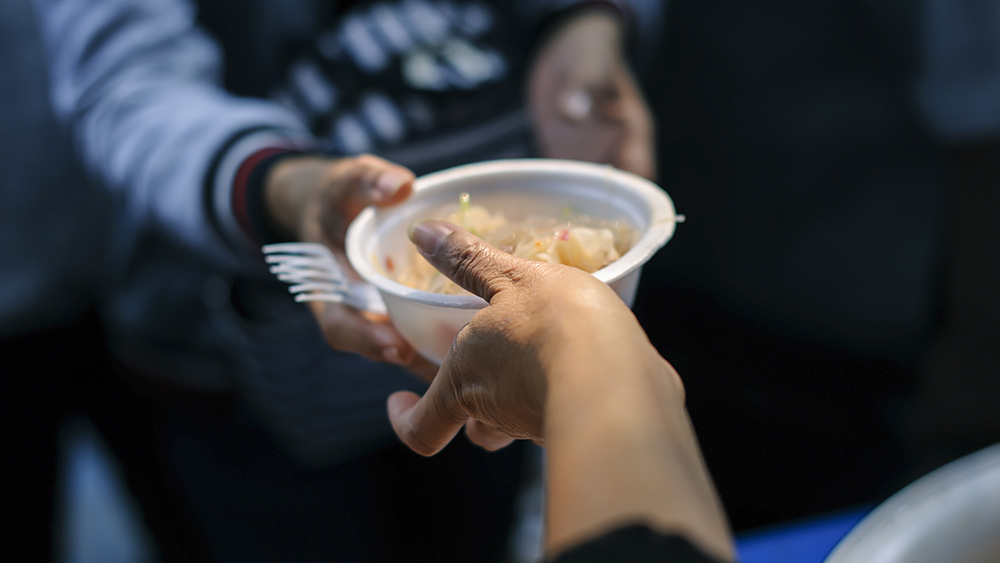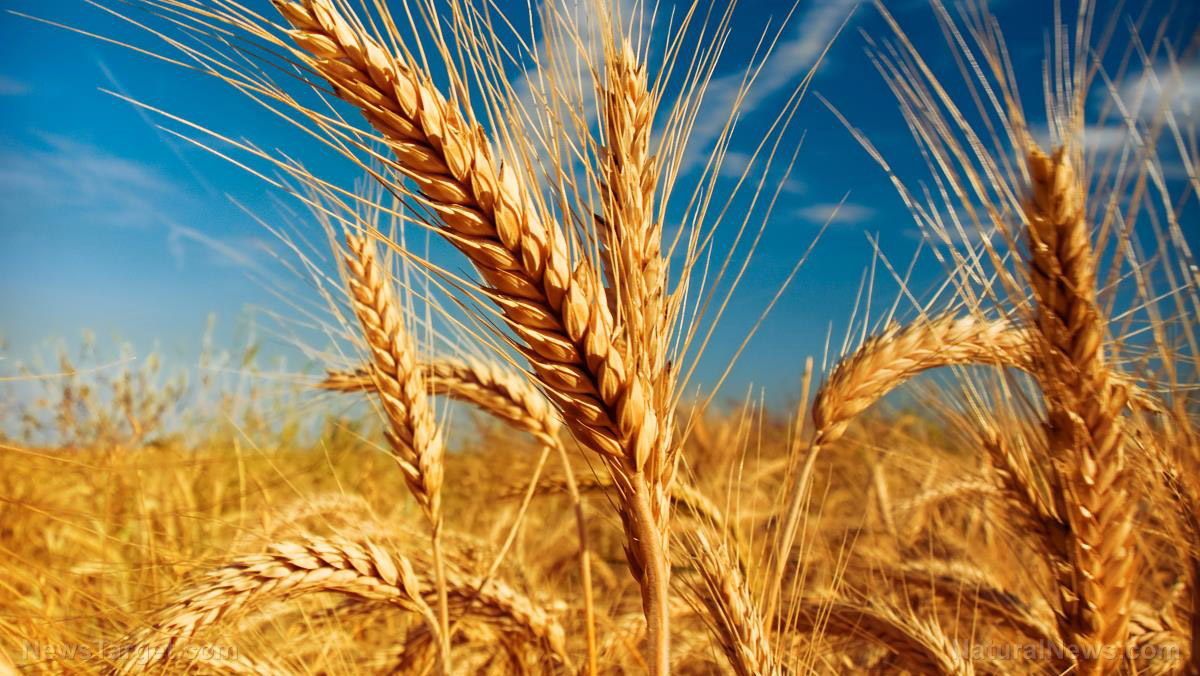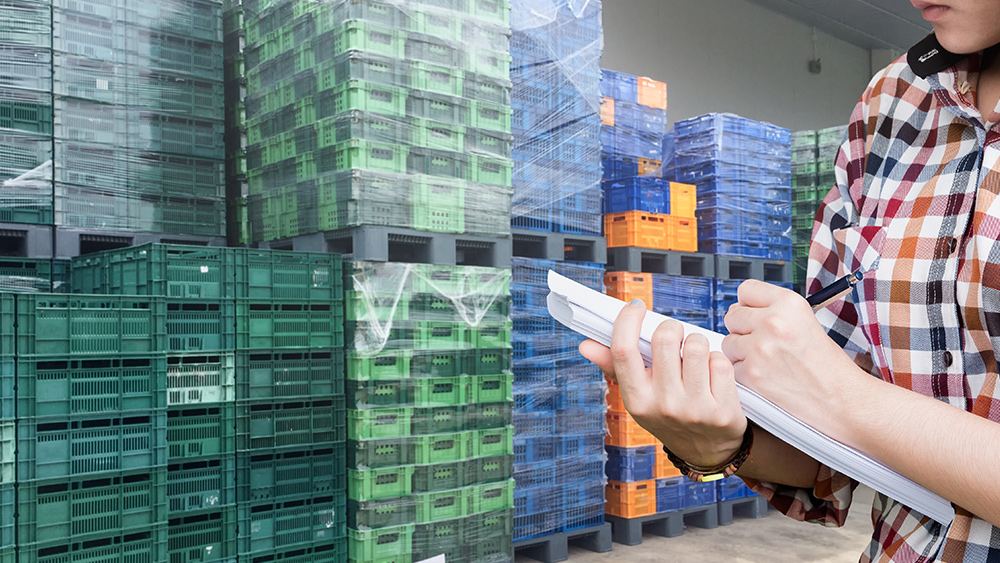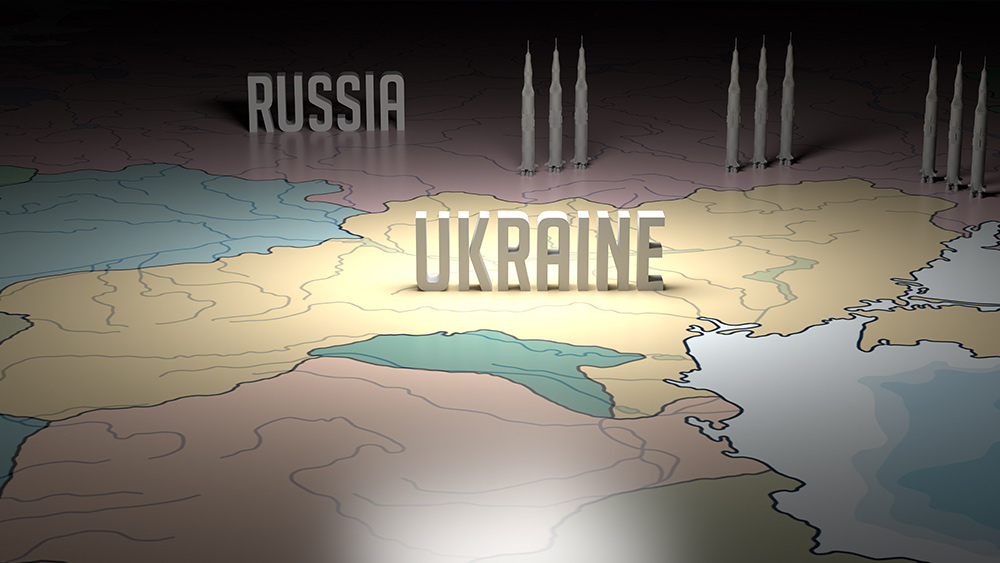Winter wheat harvest collapse imminent amid ongoing severe drought as “dust bowl conditions” persist
03/24/2022 / By JD Heyes

Even as the global supply chain crisis continues to worsen due to a series of geopolitical events, war and bad policies involving Wuhan coronavirus (COVID-19), the U.S., considered the world’s breadbasket by many, is in for hard times regarding food security.
Prices of food – like everything else, thanks to “Bidenflation” – have been trending upward for a year, but they are now on track to climb even higher because of a very bad winter wheat harvest. When combined with Russia’s invasion of Ukraine – two of the world’s leading wheat, grain, oats and barley producers – Americans and Europeans are in for hikes in food prices like nothing they’ve seen in their lifetimes.
As reported by the Most Important News: “Over the last 12 months, the price of wheat has already risen 69 percent, and now this crisis threatens to go to an entirely new level. In all my years of writing, I have never seen anything like this, and I am deeply concerned about what the months ahead will bring. Due to extreme drought, winter wheat is in very bad shape in states such as Kansas, Oklahoma and Texas.”
“Some farmers in southwestern Kansas, the top U.S. wheat-producing state, have not received much measurable rain or snow since October,” agricultural news site AgWeb reported this week. “Winter wheat is planted in autumn, lays dormant in winter and begins sending up green shoots in spring. Proper soil moisture is critical at this stage for the crop to thrive.”
“More than half of Kansas was classified as under severe drought or worse as of March 8, the driest conditions since 2018, according to the National Drought Mitigation Center,” the AgWeb report continued. “Severe drought is also covering three-quarters of Oklahoma and more than two-thirds of Texas, both of which also are large wheat producers.”
Worse, a “freak” winter storm that struck the U.S. wheat belt of states also blew away some topsoil, which further damaged land used to grow crops.
AgWeb noted further that U.S. hard red winter wheat generally accounts for almost half our the country’s annual wheat production and it is mostly utilized to manufacture flour for bread. But a further reduced crop this season will no doubt further stoke food inflation and food insecurity, even as the UN Food and Agriculture Organization (FAO) noted had reached its highest point ever in February.
Last month, the FAO’s Food Price Index spiked to 140.7 points last month, rising 20.7 percent from the same period a year ago and blowing past a record set in 2011.
“U.S. wheat futures soared to the highest levels in 14 years early last week as the Russia-Ukraine conflict pushed two of the world’s largest wheat exporters out of the market,” AgWeb continued. “That has importing countries scrambling for replacement sources. Meanwhile, the winter wheat crop in China, the world’s largest producer of the grain, is expected to be among the worst ever after heavy rainfall delayed planting.”
In a separate report, AgWeb also noted that because of the war, Ukraine’s spring wheat harvest will be half of what it normally is, which will cut into food production throughout Europe and hit poorer nations that normally import Ukrainian wheat even harder. In fact, there is an increasing chance that food shortages and price hikes are going to lead to major unrest in parts of the world that are already on the brink of instability.
Hard red winter wheat is normally harvested in June and July. Before then, wheat farmers typically sell around half their crop, but some Kansas wheat farmers are holding back this year because of uncertainty over how much they will end up with.
“There’s just no way I can make any crop sales until I know I’ll have a crop to sell,” Gary Millershaski, a farmer near Garden City, in southwest Kansas, told AgWeb.
Sources include:
Submit a correction >>
Tagged Under:
Bidenflation, climate, drought, environment, FAO, food collapse, Food Price Index, food shortage, food supply, grocery, harvest, inflation, price increase, products, Russia, starvation, supply chain crisis, Ukraine, winter wheat, World War III
This article may contain statements that reflect the opinion of the author
RECENT NEWS & ARTICLES
COPYRIGHT © 2022 Famine.News
All content posted on this site is protected under Free Speech. Famine.News is not responsible for content written by contributing authors. The information on this site is provided for educational and entertainment purposes only. It is not intended as a substitute for professional advice of any kind. Famine.News assumes no responsibility for the use or misuse of this material. All trademarks, registered trademarks and service marks mentioned on this site are the property of their respective owners.

